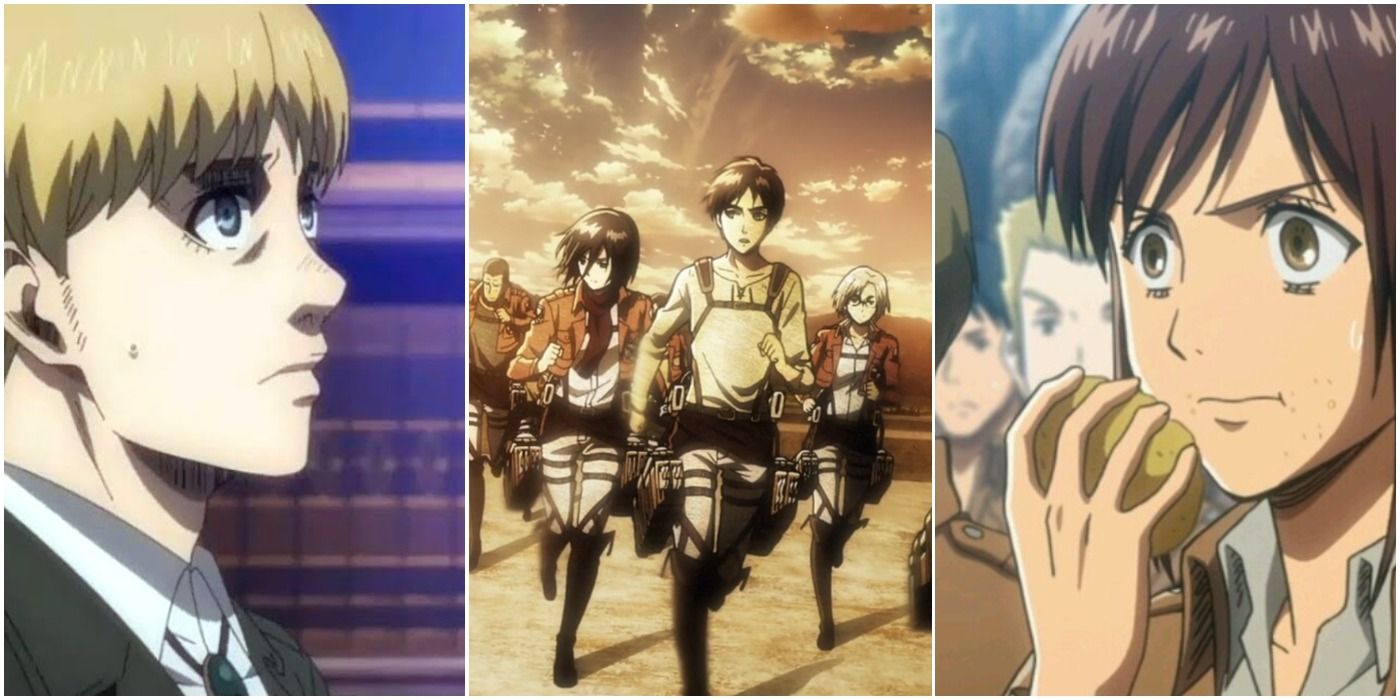Attack on Titan has gradually earned its position as the best new-generation anime since its debut in 2013. Since reaching this mark, fans have begun placing the series in conversations with the best anime of all time.
Series like Naruto, One Piece, and Death Note have all at one point earned the title of best of all time. Today, Attack on Titan earns this title by refusing to bend to genre tropes that would slow down its immaculate pacing. This series is returning anime to the level of international fame it achieved back in the '90s.
Updated on December 2nd, 2023 by Louis Kemner: Newer anime fans may hear great things about Attack on Titan and wonder about all the hype surrounding the hit series. When new fans tune in to this modern classic, they'll see all kinds of reasons Attack on Titan has earned its reputation. This list has also been updated to adhere to CBR's current publication standards.
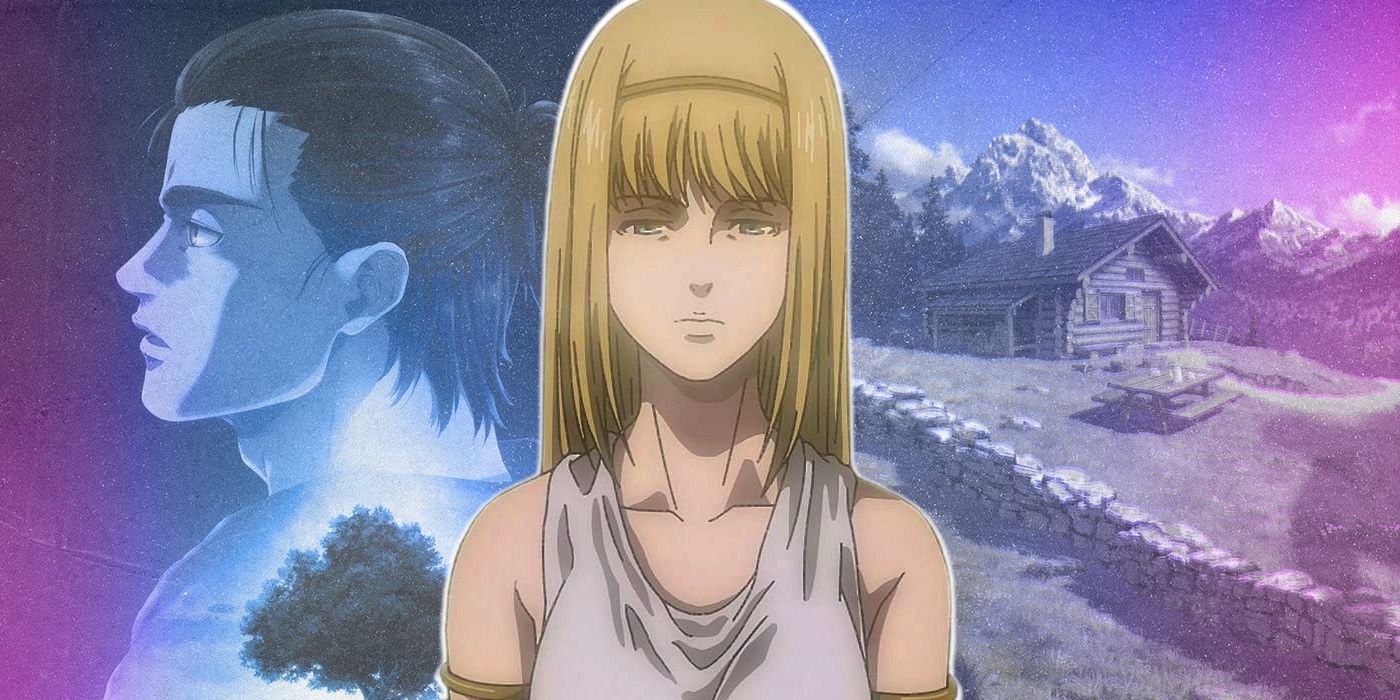
10 Attack On Titan Fan Theories (And Whether Or Not They Came True)
Before much is explained about Attack on Titan's universe, many fan theories cropped up trying to explain what Titans are and what they're capable of.10 Mikasa Ackerman Brings A Reliable Feminine Strength To Anime
Mikasa Ackerman might be a hair short of earning the best girl award of all modern anime, since that title belongs to Nobara Kugisaki of Jujutsu Kaisen fame. Still, Mikasa earns Attack on Titan some extra points by taking over the role of hero when Eren goes rogue. Few shonen anime offer their female side characters the opportunity to shine in the way Mikasa does.
The powerful Mikasa Ackerman stood near the top of Attack on Titan's power scale for the entirety of the series. Even after embarrassing herself by falling for Eren or being forced to enter the battlefield with Titan Shifters, Mikasa never lost her spot at the top. Later on, Mikasa became one of the world's last great heroes who could - and would - stand up to Eren Yeager when he started the apocalyptic Rumbling.
9 Attack On Titan's Viewership Outpaces Every Other New-Generation Anime
Attack on Titan's viewership numbers are unheard of in the world of anime. This new-generation series makes Dragon Ball's international following look like nothing more than a smoke trail leading to Attack on Titan's explosive release.
By setting itself in a Westernized world and playing into the dystopian zombie anime genre, Attack on Titan pulled in thousands of viewers who may not have ever given anime a chance. Furthermore, Hajime Isayama mastered the plot twist and managed to make power-scale discussions more than just online gossip. An anime with Attack on Titan's reputation is bound to draw in new fans regularly, who generate buzz about it, and that draws in even more fans.
8 Attack On Titan Doesn't Waste A Second On Unnecessary Filler
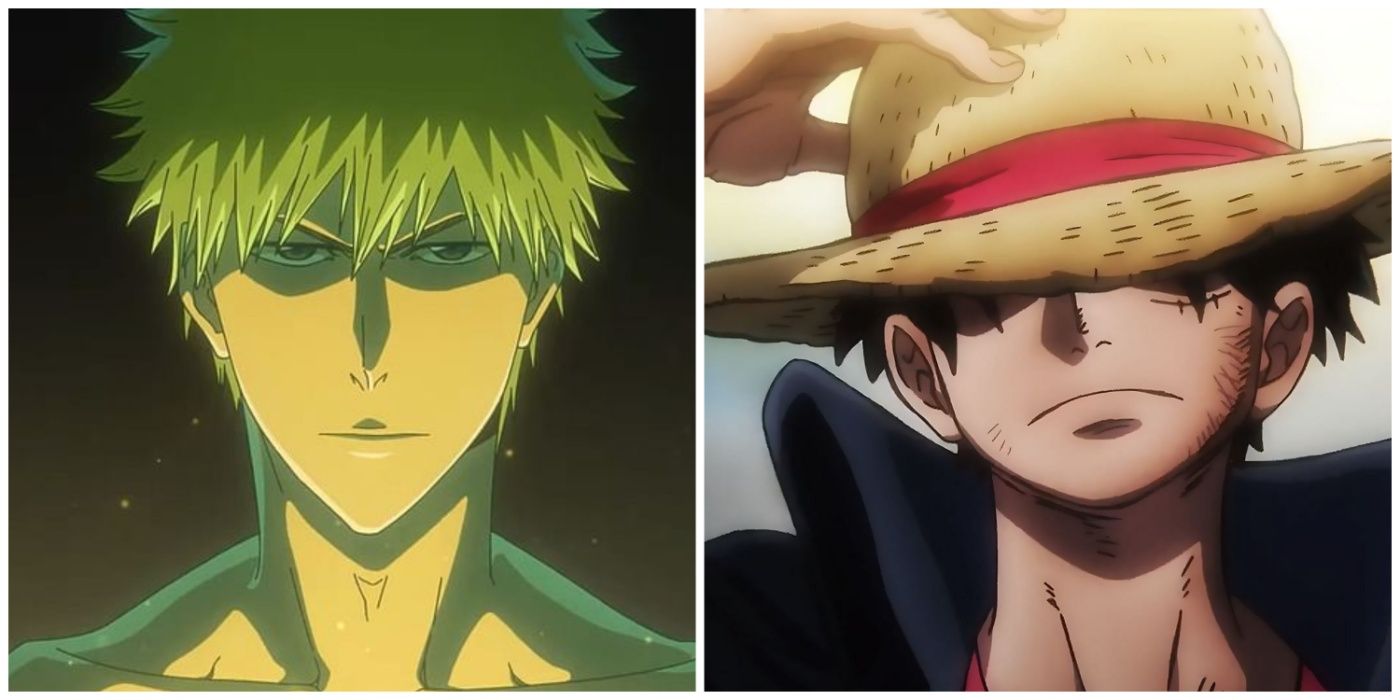
10 Worst Filler Episodes In Anime
Anime like Naruto and Bleach are known for having filler episodes. Unfortunately, there are plenty of filler episodes fans would gladly skip.To earn the title of "Best Anime of All Time," a series like Attack on Titan has to be better than the original shonen "big three." Naruto, Bleach, and One Piece are anime staples that have earned the right to be called the best anime as much as any other series.
Unfortunately, all three of these series are full of filler episodes and arcs that detract from the main plotline. While this works for a series like One Piece that's more about the journey than the final destination, it cripples the pacing of Bleach and Naruto. Attack on Titan never has to worry about being bogged down by filler because it doesn't have any, allowing fans to focus on the real story from beginning to end. That also ensures proper pacing in Attack on Titan.
7 No Anime Does Plot Twists Like Attack On Titan
Attack on Titan treats plot twists differently than most anime, to great effect. While most anime series alienate new viewers by including plot twists that won't be set up until the subsequent flashback, Attack on Titan pulls in viewers by setting up its twists and giving fans a good reason to believe in an ever-increasing power scale.
The world of Attack on Titan is realistically somber. Death is normal and people act out their insecurities more often than their strengths. When it's revealed that the protagonist has the ability to transform into a Titan, fans are willing to accept the twist and suspend their disbelief because it means their protagonist is still alive. Plenty of shonen anime may feel predictable and routine with "power of friendship" victories or villain redemptions, but Attack on Titan's plot keeps fans engaged with bold, daring plot twists no other anime would dare to try.
6 Eren Jaeger Is The Most "Protagonist" Protagonist In Anime History
No anime protagonist since Light Yagami has managed to confuse fans into questioning the definition of "protagonist" as much as Eren Jaeger himself. In the world of fiction, the word protagonist is often used synonymously with the word hero, but Attack on Titan takes a more precise approach to the word.
In Attack on Titan, the word protagonist is used as accurately as possible. Eren is the only character who consistently drives the plot forward without hesitation. Without the complicated moral code of a hero, Eren is able to move the plot forward more quickly than any other shonen protagonist to date. This also means Eren blurs the line between hero, antihero, and villain, inviting many different but equally valid interpretations of what kind of person he really is: savior, monster, rogue, or anything else.
5 Attack On Titan Blends Dystopian Fiction With Historical War Fiction
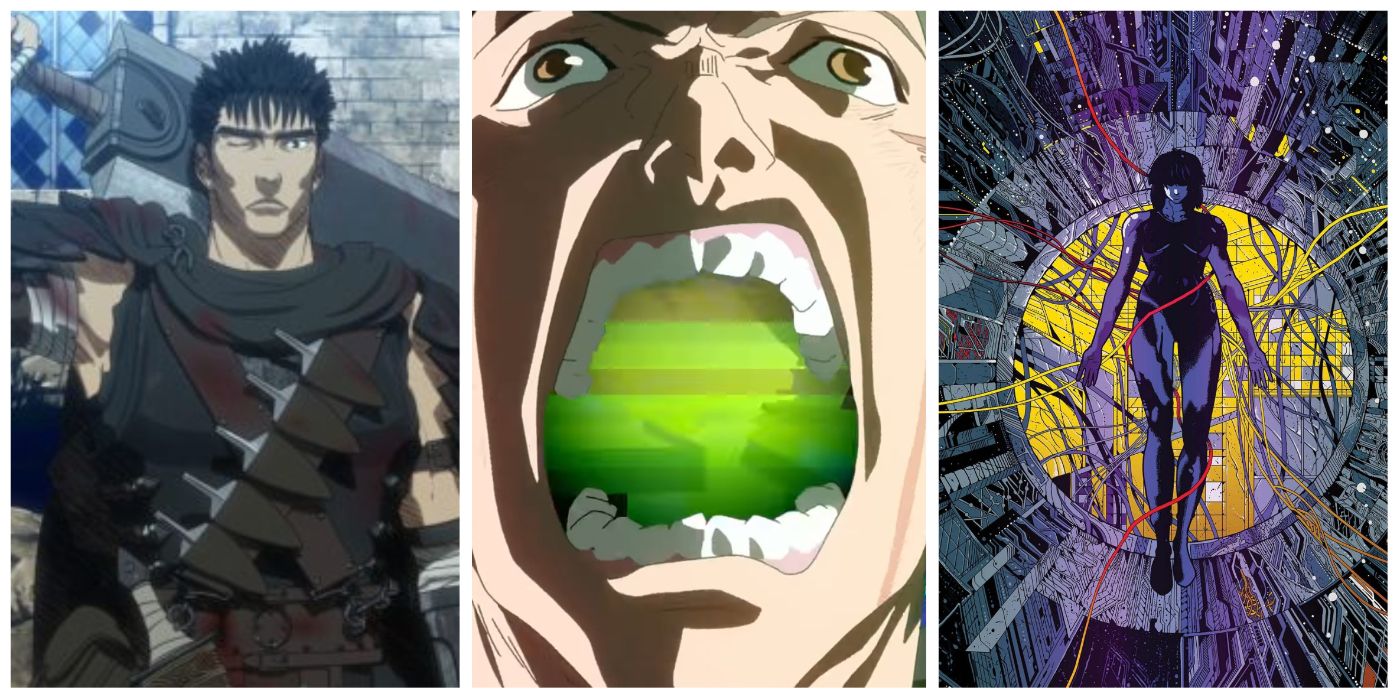
10 Bleakest Anime Dystopias
Anime dystopias aren't just limited to sci-fi, futuristic settings. Plenty of bleak anime dystopias point out discord in the past and present.When Attack on Titan first debuted back in 2013, it captivated fans with a fresh take on the dystopian genre of fiction. The world fans were dropped into tells the story of a people trapped behind three concentric walls, each staving off the threat of giant zombies and anarchy.
As the series progressed, it transformed into an entirely different genre of fiction. Seasons 3 and 4 opened Attack on Titan up into the world of historical war fiction. Attack on Titan managed to master both genres while gratifying fans of action-adventure and mecha anime as well.
4 Death Is Real In The World Of Attack on Titan
Other than the rare occasions when Titan Shifters take bullets to the head, death in Attack on Titan is taken much more seriously than it is in the average anime. While some might see this as a detriment for casual fans, it's nevertheless one of the reasons Attack on Titan is so enjoyable.
Sasha's story is the best example of the finality of death in Attack on Titan. As the resident food-loving character, Sasha Braus embodies the lighthearted experience that most fans are looking for in an anime. When she's killed in the line of duty, fans are forced to come to terms with the extreme stakes of this world.
3 Titan Shifting Makes Attack On Titan A Reskinned Mecha Anime
The mecha anime genre has a long history of gratifying anime viewers. Neon Genesis Evangelion, Code Geass, and Gurren Lagann are three popular anime that fall within this genre. Another anime that technically falls within this genre is Attack on Titan.
Though there are no literal mechas in Attack on Titan, the Titan Shifters all control their giant Titans like Asuka and Shinji from Evangelion. When fans come to realize that Attack on Titan is an anime that could be considered action-adventure, dystopian fiction, war fiction, and mecha, it becomes clear just how brilliant this series is. It also shows how the very concept of Titans is meant to be a weapon, not a natural phenomenon. Entities like Titans are tools that can be used or abused in any way, depending on who is "piloting" them.
2 Season 4 Of Attack On Titan Turns The Flashback Trope Into A Plot Device
Attack on Titan takes a unique direction when it uses flashbacks. Most anime use flashbacks to add context to their power scale, draw out action sequences, and explain a plot twist. When Sasuke first uses the Chidori in Naruto, the flashback that follows fills all three of these roles.
The flashbacks in Attack on Titan are used much more sparingly. When they eventually come, they offer up crucial plot information, making them as valuable as gold in the eyes of viewers. These flashbacks take on even more weight when Eren turns them into a tangible plot device in Season 4.
1 Attack On Titan's Power System Is As Mysterious As It Is Powerful
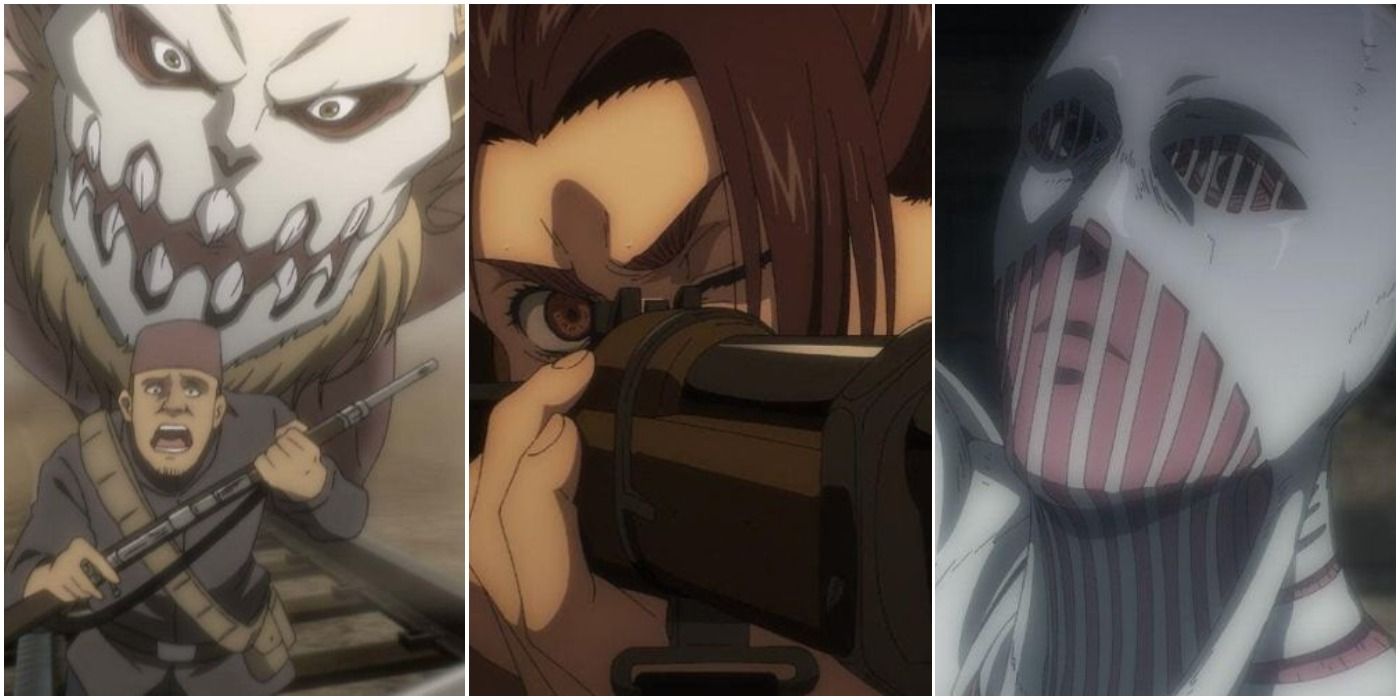
Top 10 Attack On Titan Season 4 Episodes, Ranked
Season 4 of Attack on Titan is its best season yet. With plot twists and character deaths, it's the perfect build-up to the epic series finale.Like the Titans that broke through the walls of Shiganshina, like the villain Reiner Braun with his Armored Titan, the power system in Attack on Titan is a complicated beast to tackle. Isayama decided to slowly share information on the Titan's power, making them almost impossible to make sense of until the final season.
On top of the simple yet diverse power of the nine intelligent Titans, there's the power of modern artillery and the blood of the Ackermanns to consider when breaking down Attack on Titan's power system. This diversity allowed Isayama to create complex action sequences, while the simplicity of each power made it easy to keep track of.
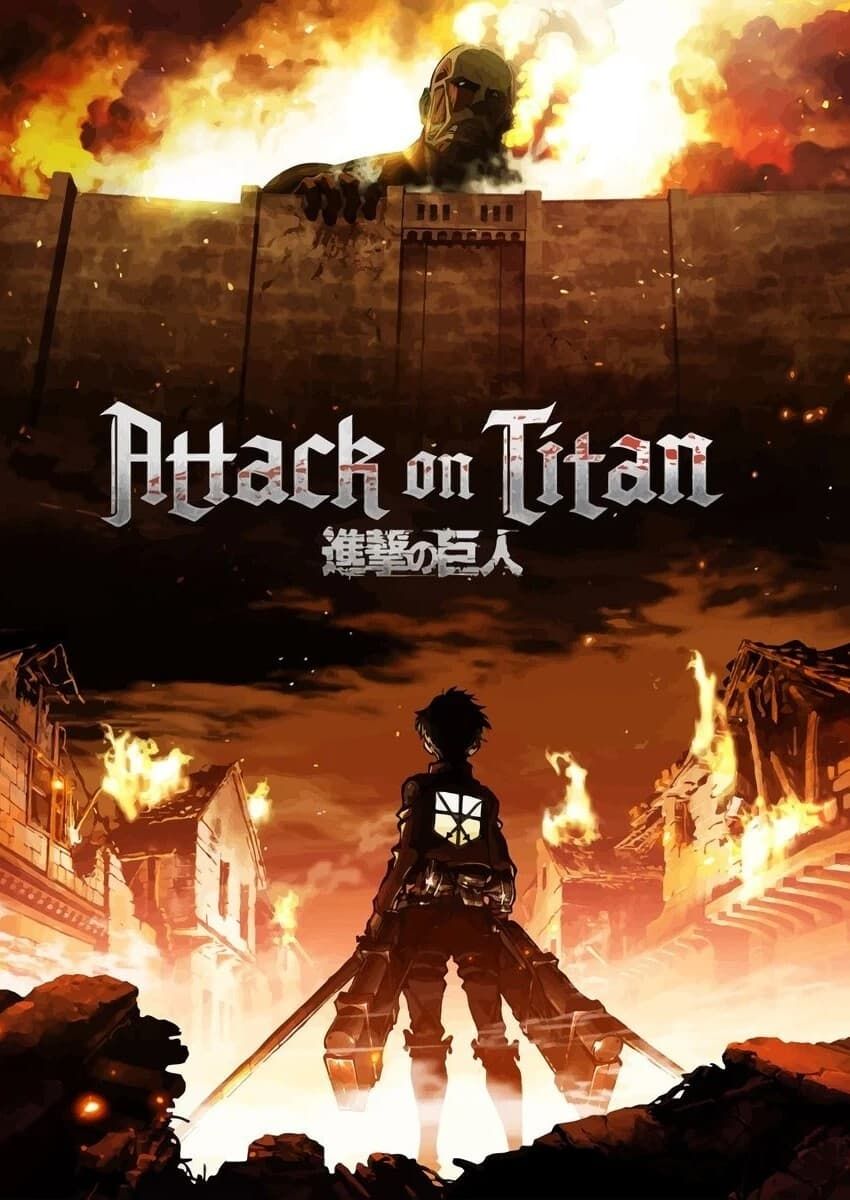
Attack On Titan
Original title: Shingeki no Kyojin.
After his hometown is destroyed and his mother is killed, young Eren Jaeger vows to cleanse the earth of the giant humanoid Titans that have brought humanity to the brink of extinction in Attack on Titan.
- Release Date
- September 28, 2013
- Cast
- Bryce Papenbrook , Yûki Kaji , Marina Inoue , Hiro Shimono , Takehito Koyasu , Jessie James Grelle
- Main Genre
- Animation
- Seasons
- 4 Seasons

